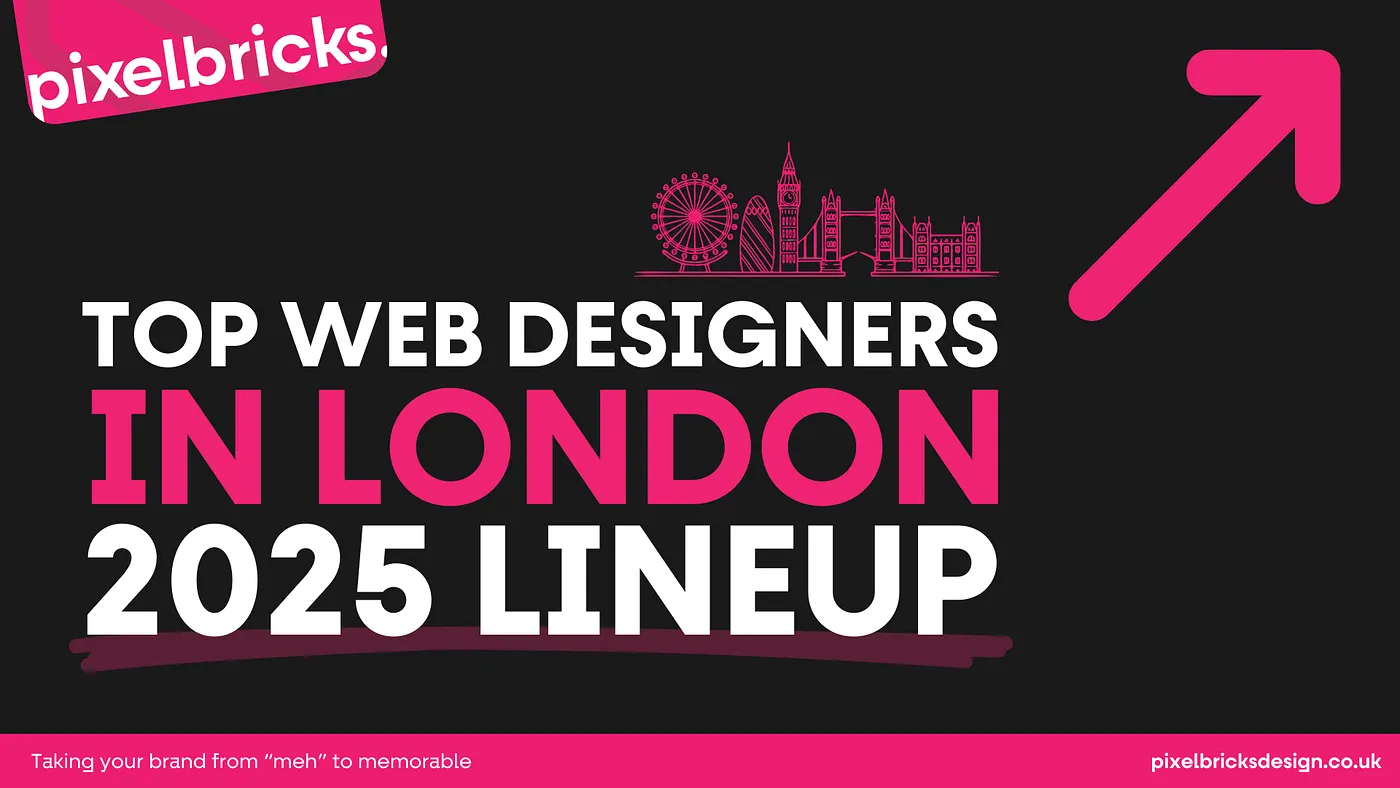The Future of Web Design: What You Need to Know

I remember a time when going online meant waiting ages while the infamous dial-up tone serenaded me. You could make a cup of tea while a single page loaded. If someone picked up the phone, well, that was it—game over. Fast forward a few (OK, many) years, and now we carry the internet in our pockets. Times have changed, and web design has had to sprint to keep up.
So, what’s next? Grab your phone (or your trusty desktop, if you’re old-school like me), because we’re diving into the future of websites. And trust me, it’s going to be a bit mind-blowing.
If you're wondering if Web Design even has a future, check this article out "Is Web Development Dying?"
1. Mobile-First: The Tiny Screen Takeover
If you’re anything like me, your phone’s glued to your hand 90% of the time. So it’s no surprise that over 60% of global web traffic is from mobile devices these days. And that number’s only going up. Websites that don’t work well on mobile? It’s like showing up to a party in the wrong decade.
- Progressive Web Apps (PWAs): Remember when apps were all the rage? Well, now websites are starting to act more like apps. PWAs give you the speed, offline access, and push notifications you’d expect from your favourite mobile app, but without needing to install anything. You’ll see more sites adopting this, blurring the lines between web and app experiences.
- Responsive Design, But Smarter: Responsive design has been around for a while now, but the future is all about mobile-first. Instead of shrinking down a desktop site, designers are thinking about mobile as the main course, not just a side dish. It’s all about super-fast load times and smooth, fluid layouts. Because who’s got time for a clunky website that loads like it’s stuck in 1999?
2. Voice and Gesture: Websites That Listen (Literally)
I remember when “searching” meant typing in actual words. Now, people are shouting commands at their phones like they’re expecting them to talk back (oh wait, they do...). With voice searches taking over, websites will need to adapt—and fast.
- Voice Search Optimisation: We’ve all mumbled something like “find a pizza that delivers in under 10 minutes” into our phones. As more people do this, websites will need to be optimised for these natural, conversational searches. Forget keywords like "pizza near me"—it’s about phrases we actually use in real life.
- Gesture Navigation: Now here’s where things start feeling like sci-fi. Imagine browsing a website not with clicks or taps, but with gestures. You’ll be swiping mid-air or nodding to navigate pages (a bit like Tom Cruise in Minority Report, but without the futuristic gloves).
3. Immersive Design: Welcome to the Web’s 3D World
Scrolling is so last year. What if, instead of scrolling endlessly, you could explore websites like a 3D world? That’s where VR and AR come in, and trust me, it’s going to shake things up.
- Virtual and Augmented Reality: Picture this: you're shopping for a sofa online, but instead of squinting at a static image, you can actually "place" it in your living room using AR. IKEA’s already playing with this, but in the future, everyone will be doing it. No more guessing if that shade of grey is actually grey.
- 3D Graphics: Websites are no longer just static pages. The future’s all about 3D elements that make you feel like you’re playing a game rather than browsing. It’s going to make web design fun again—and interactive in ways we haven’t even scratched the surface of yet.
4. AI-Driven Personalisation: Websites That Know What You Want (Before You Do)
With AI, websites are becoming smart—personalised experiences will feel like they’re reading your mind (which is only slightly terrifying).
- AI-Powered Content: In the future, you won’t just visit a website; it will tailor itself to you. Based on what you’ve clicked, hovered over, or even how long you’ve stared at something, the site will adjust, serving up content, products, or articles you’re actually interested in.
- Chatbots That Don’t Suck: Once upon a time, chatbots were the bane of my existence—just endless loops of “Did that answer your question?” Now, they’re getting better. A lot better. Soon, they’ll be smart enough to handle complex customer service issues, suggest products, and even crack a joke (just not as well as me).
5. Minimalistic Design: Less is Definitely More
The future of websites is all about keeping it simple. I’m talking minimalist designs that are fast, sleek, and to the point. We don’t need all the bells and whistles—just the stuff that works.
- Content-First: On mobile, no one’s got time to read through walls of text (I definitely don't)! The future is about bite-sized content that’s easy to digest on the go. Straight to the point, no fluff.
6. Sustainability: Because Even the Internet Needs to Go Green
I know, I know—it’s easy to forget that the internet leaves a carbon footprint, but it does. As we all start to think a bit more about the environment, websites are going to get eco-friendly too. Faster, simpler sites will use less data, which means a smaller carbon footprint. Win-win!
The Takeaway?
Websites are evolving faster than we can refresh our browsers. From mobile-first designs that cater to our handheld lives to AI-driven personalisation that feels borderline psychic, the future is about smarter, faster, and more immersive experiences.
And who knows? Maybe one day we’ll laugh about how we used to type our searches by hand or click through pages. The future’s coming fast—whatever shape it takes, it’s bound to be exciting.



